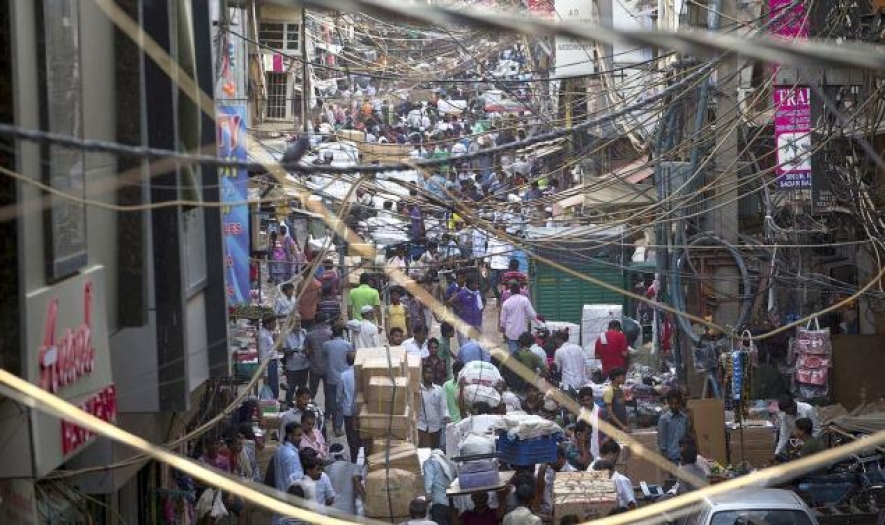The Hindu report filed from New Delhi said: Tokyo remains the world’s largest city with 38 million inhabitants. The 2014 revision of the World Urbanisation Prospects by U.N. Department of Economic and Social Affairs (UN DESA)’s Population Division has pointed to rapid urban growth in India, China and Nigeria.
Further, the report says that while Tokyo’s population is projected to decline, Delhi’s would continue to grow rapidly and by 2030, the Capital would have 36 million inhabitants, only a million less than Tokyo’s 37 million then.
Among the other most populous cities, Mumbai is in the top six with a population of 21 million. It shares the spot with Sao Paulo and Mexico City, behind Shanghai which has 23 million inhabitants.
As a result of this urban growth, the report said all the big cities would face “numerous challenges in meeting the needs of their growing populations, including [demands] for housing, infrastructure, transportation, energy and employment, as well as for basic services such as education and health care.”
“Managing urban areas has become one of the most important development challenges of the 21st century. Our success or failure in building sustainable cities will be a major factor in the success of the post-2015 UN development agenda,” said Mr John Wilmoth, Director of UN DESA’s Population Division.
The number of mega cities with a population of over 10 million has risen rapidly. While there were 10 such cities in 1990, there are 28 now and by 2030, the world is projected to have 41 mega cities with 10 million inhabitants or more.
In Delhi, the pressure of such rapid increase in population has already started showing. Be it water, power, education, health care, infrastructure, law and order or sanitation, all the systems are under immense pressure, which is only set to increase.(HC)
Special Reporter





















